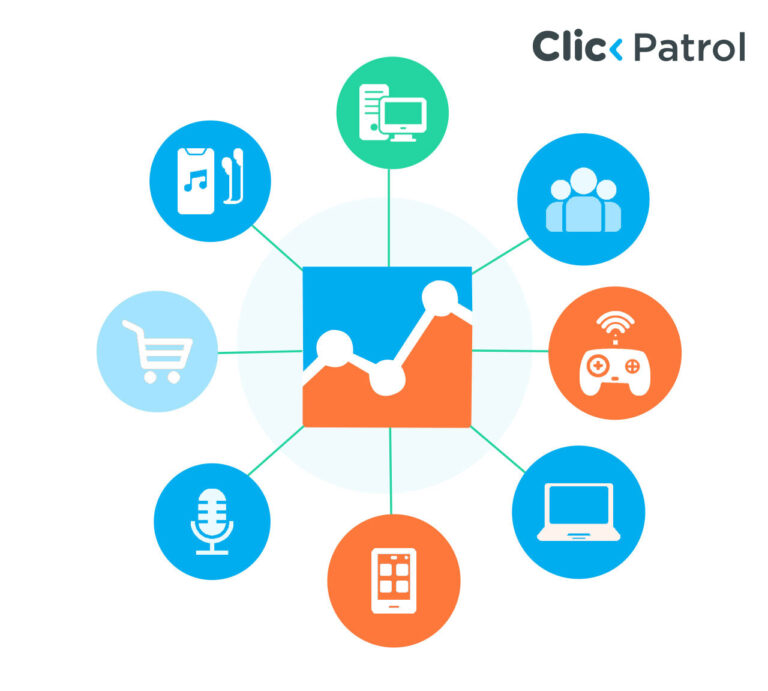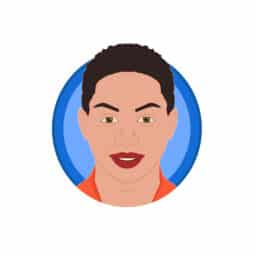
How to Protect Your Website Against Content Scraping
Abisola Tanzako | Aug 29, 2024

Table of Contents
- What is scraping?
- Evolution of Web Scraper
- Web Scraping statistics
- Why and who uses web scraper?
- Website scraping attacks: How it happens
- 1. Target URL address and parameter values
- 2. Run scraping processes & tools
- 3. Content and data extraction
- How to protect your webpage from content scraping
- 1. Employ a Robots.txt file.
- 2. Include IP blocking
- 3. Make use of CAPTCHA
- 4. Reduce the number of requests to your website
- 5. Make use of a CDN (content delivery network)
- 6. Track the traffic on your website
- 7. Modify the HTML often
- 8. Disguise
- Implement a combination of strategies
- FAQs
Content scraping is a common risk for websites of all ages. It involves the unauthorized extraction of information from your site, which can lead to various issues, including content theft and loss of competitive advantage. This article will explain what content scraping is and why it is a concern and provide practical tips on protecting your website from this threat.
Also, it covers strategies such as implementing security measures, monitoring for suspicious activity, and employing technological solutions to minimize the risk.
What is scraping?
Content scraping is an automated attack that extracts data or output from a web application, evaluates accessible paths, reads parameter values, performs reverse engineering, discovers how an application operates, and more. Competitors’ websites can be copied entirely using web scraping, including the HTML code and database storage, and saved locally for data analysis.
Evolution of Web Scraper
The first friendly online scraping bot was first made available in 1993. It was dubbed The World Wide Web Wanderer and was used to gauge the extent of the then-new World Wide Web. The eBay v. Bidder’s Edge court determined that online scraping was permissible. Still, the overwhelming amount of data that the scraping bots could extract from eBay’s computers resulted in a server overload that cost the company money.
Web scraping is a tricky legal area today. This means internet companies should put adequate technical bot protection and scraper bot detection mechanisms in place now rather than waiting for a legal solution.
Web Scraping statistics
Web scraping costs e-commerce companies 2% of their online sales. This is more than $100 billion, given the estimated $5.2 trillion worldwide e-commerce sales in 2021.
Why and who uses web scraper?
Your website visitors are drawn to your content because it is gold. Threat actors also want your gold, so they utilize scraper bot assaults to collect and take advantage of your web content, republishing it without any further cost or automatically undercutting your prices.
To obtain competitive information for developing future retail pricing plans and product catalogs, online retailers frequently employ expert web scrapers, use web scraping solutions, or even specialized price scraping technologies. Threat actors try to pass off their malicious web scraping bots as harmless, like the typical Google bots.
Website scraping attacks: How it happens
There are three (3) primary stages of scraping attacks:
1. Target URL address and parameter values
After identifying their targets, web scrapers take steps to prevent the detection of their attacks. These steps include faking user accounts, disguising the identities of their malicious scraper bots, obscuring the source IP addresses of the bots, and more.
2. Run scraping processes & tools
The target website, mobile app, or API is used by the army of scraper bots. Because bot traffic is so high, servers are frequently overloaded, leading to slow website performance or even outages.
3. Content and data extraction
Web scrapers take proprietary content and database entries from the target website and save them in their database for misuse and later analysis.
How to protect your webpage from content scraping
Protecting your webpage from scraping involves a combination of techniques to safeguard your content and site. They include:
1. Employ a Robots.txt file.
Search engines and web scrapers can access certain pages on your website based on the information in the Robots.txt file. Ensure that your robots.txt file is organized and readable. Make it clear in areas you wish to keep off-limits to search engines and site scrapers. The robots.txt file is merely a recommendation, and while some search engines and web scrapers may abide by the request made in the file, many others ignore it.
2. Include IP blocking
Restricting access to a website based on a user’s IP address is known as IP blocking. To prevent your web scraper from viewing your entire website, it is important to identify its IP address. Please note that if the web scraper uses a proxy server, the IP blocking may not be effective because they may periodically change IP addresses. Use advanced tools such as ClickPatrol to detect user behaviour and block scarpers easily.
3. Make use of CAPTCHA
Verification tests such as CAPTCHA are made to be relatively easy for people to complete on websites or applications but almost impossible for automated programs like content scrapers. By acting as a door, these let in only those who complete the test. When using CAPTCHA, it is critical to ensure that no test is unsolvable because you are attempting to let people in, and specific tests like those with unusual characters may be challenging for users with dyslexia or other vision problems.
4. Reduce the number of requests to your website
You can prevent web scraping by limiting the number of requests made to your website from a specific IP address or user agent. Rate limitation, which caps the total number of requests that can be made to your website in a certain amount of time, is one way to achieve this. As a result, you can stop web scrapers from sending many requests to your website, which may cause it to crash.
5. Make use of a CDN (content delivery network)
Content Delivery Network (CDN) is a global network of servers that collaborate to rapidly and uniformly distribute the content of your website to visitors, no matter where they are in the world. By doing this, a content delivery network (CDN) might lessen the overall strain on the primary server and hinder web scrapers’ ability to scrape the content.
Also, if you have a backend secret area on your website, this is an extra degree of security if you want to stop bots from trying to access it via brute force.
6. Track the traffic on your website
You probably need to take advantage of opportunities to identify potential bots, including those scraping your website, if you need to monitor your site’s traffic. You can stop typical traffic sources viewed as suspicious when you keep an eye on your website’s traffic so you can take action before they cause significant issues for your website.
The web host for your website offers a section where you may view web server logs. If you do not see anything to check into them and you are having problems with your website, you may ask your web provider to check the server logs and see if any probable bot activities are happening. You can block any suspect IP addresses after using your website analytics, such as Google Analytics, in addition to your server logs, to see if there is any suspicious online traffic activity.
7. Modify the HTML often
Modifying the HTML may cause issues for content scrapers that recognize specific sections of your website based on regular HTML code. This approach can be complicated by introducing unanticipated factors. You can perform the same thing that Facebook did: generate random element IDs. Content scrapers may become so frustrated that they break.
8. Disguise
By changing the files on your website, you can obfuscate your data and make it less accessible. A few websites display text as an image, making it considerably more difficult for people to copy and paste text manually. However, CSS sprites can be used to hide image names.
Implement a combination of strategies
To effectively address the risk of web scraping, it is important to implement a combination of protective measures. Although some bots may be discouraged from scraping your website, those intent on scraping can still collect data manually. Ensure that any content you wish to keep private is protected behind a login access point.
Data protection requires immediate action to combat scraping effectively. Engage with cybersecurity experts if necessary to implement advanced protections tailored to your specific needs. Educate your team about the risks and best practices for data security. Consistently monitor traffic patterns and analytics to identify potential threats early.
FAQs
Q.1 Which types of data scraping are most common?
The most common types of data scraping are:
Content scraping: This involves extracting textual and graphic material from websites, such as articles, images, and other content.
Price scraping: This focuses on gathering product prices from online sources, useful for price comparison and market analysis.
Screen scraping: This method extracts data from a computer program’s graphical user interface (GUI), often used when APIs are not available or accessible.
These three (3) types are prevalent because they address various needs, from content aggregation to competitive pricing and data extraction from user interfaces.
Q.2 What is the safest way to protect your data?
The safest way to protect your data is to avoid posting it online if you need to keep it private. By not sharing sensitive information on the internet, you eliminate the risk of being scraped or accessed by unauthorized parties. While the techniques discussed can help make it more challenging for web scrapers to collect your data, there are no foolproof methods to ensure complete security once information is online.
Implementing security measures can reduce the risk, but not posting sensitive data remains the most secure approach.





